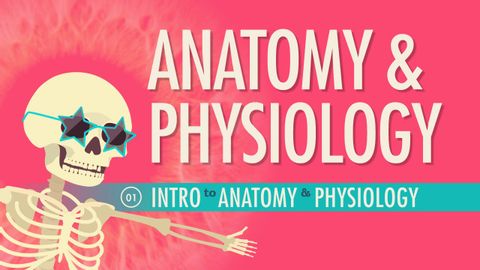解剖生理学入門。クラッシュコースA&P #1 (Introduction to Anatomy & Physiology: Crash Course A&P #1)
bsofade が 2021 年 01 月 14 日 に投稿  この条件に一致する単語はありません
この条件に一致する単語はありませんUS /ˈstrʌk.tʃɚ/
・
UK /ˈstrʌk.tʃə/
- n. (c./u.)構造;建物
- v.t.組み立てる;組織する
US /ˈprɛʃɚ/
・
UK /'preʃə(r)/
- n. (c./u.)重圧 : プレッシャー;圧力;説得;プレッシャー;圧力 (物理);圧力 (印刷);時間的プレッシャー;政治的圧力;血圧
- v.t.圧力をかける;強く説得する
US /ɪˈmædʒɪn/
・
UK /ɪ'mædʒɪn/
- n.スポーツのチームの試合記録;記入用紙;形 : 型 : 種類
- v.t.(集団を)結成する : 組織する;形作る : 作り上げる;形成する
エネルギーを使用
すべての単語を解除
発音・解説・フィルター機能を解除

